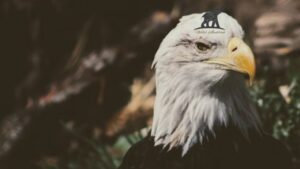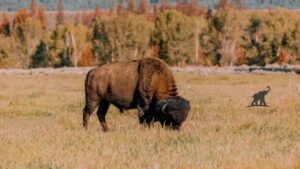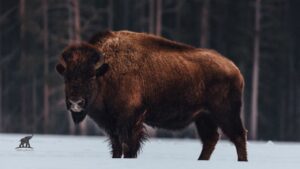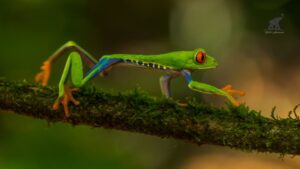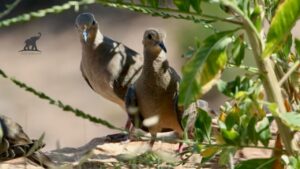Have you ever imagined seeing a completely white kangaroo hopping across the Australian outback? An albino kangaroo is one of nature’s most extraordinary and breathtaking creatures, captivating wildlife enthusiasts and researchers worldwide with its striking snow-white appearance and piercing red eyes. These magnificent animals represent a fascinating genetic anomaly that occurs roughly once in every 50,000 kangaroo births. Their ethereal beauty comes at a cost, making survival in the wild incredibly challenging.
Quick Facts About Albino Kangaroos
| Characteristic | Details |
| Scientific Name | Osphranter rufus (Red Kangaroo) – Albino variant |
| Occurrence Rate | 1 in 50,000 births |
| Lifespan | 8-12 years (wild), 15-20 years (captivity) |
| Weight | 18-85 kg (depending on species and gender) |
| Height | 0.9-1.8 meters |
| Eye Color | Pink to red |
| Fur Color | Pure white or cream |
| Primary Habitat | Australian mainland |
What Makes an Albino Kangaroo So Special?
The Science Behind Albinism
Albinism in kangaroos occurs when both parents carry a recessive gene that prevents melanin production. This genetic condition affects approximately 0.002% of the kangaroo population, making each albino kangaroo incredibly precious. The absence of melanin creates their signature white coat and distinctive pink or red eyes. Unlike leucistic animals that retain some pigmentation, a true albino kangaroo lacks all melanin completely.

Physical Characteristics That Set Them Apart
These remarkable creatures possess several unique features:
- Pure white fur that appears almost luminescent in sunlight
- Pink or red eyes due to visible blood vessels
- Pale skin underneath their pristine coat
- Same body structure as their pigmented relatives
- Identical behavioral patterns despite their different appearance
The Challenges of Being White in the Wild
Survival Struggles
Living as an albino kangaroo presents numerous life-threatening challenges. Their bright white coat makes them incredibly vulnerable to predators like dingoes, eagles, and pythons who can spot them easily against the natural landscape.Sun sensitivity poses another serious threat. Without melanin protection, these animals suffer severe sunburn and increased skin cancer risks. Many albino kangaroos develop painful skin conditions that can be fatal.
Social Dynamics in Kangaroo Groups
Surprisingly, other kangaroos often reject albino individuals. This social isolation stems from their unusual appearance, which can trigger suspicion or fear among their own species. Mother kangaroos sometimes abandon albino joeys, unable to recognize them as their offspring. This harsh reality significantly reduces survival rates for young albino kangaroos.
Famous Albino Kangaroos in Captivity
Ruby – The Star of Panorama Garden
Ruby, a female albino kangaroo, became an internet sensation after her discovery in South Australia. Wildlife experts rescued her as an injured joey and nursed her back to health.
Her story touched thousands of hearts worldwide. Ruby’s rehabilitation journey demonstrated the incredible resilience these special animals possess when given proper care and protection.
Conservation Success Stories
Several wildlife parks have successfully bred and maintained albino kangaroos:
- Australia Zoo houses multiple albino specimens
- Taronga Zoo has a breeding program for genetic research
- Healesville Sanctuary focuses on albino kangaroo rehabilitation
These facilities provide controlled environments where albino kangaroos can thrive without predation pressure or sun damage concerns.
The Role of Genetics in Albino Kangaroo Populations
Understanding Inheritance Patterns
Albinism follows Mendelian inheritance patterns. Both parents must carry the recessive gene for an albino kangaroo to be born. Even then, there’s only a 25% chance of producing an albino offspring.Scientists estimate that approximately 1 in 125 kangaroos carries the albino gene. This relatively high carrier rate explains why albino kangaroos, while rare, appear consistently across different populations.
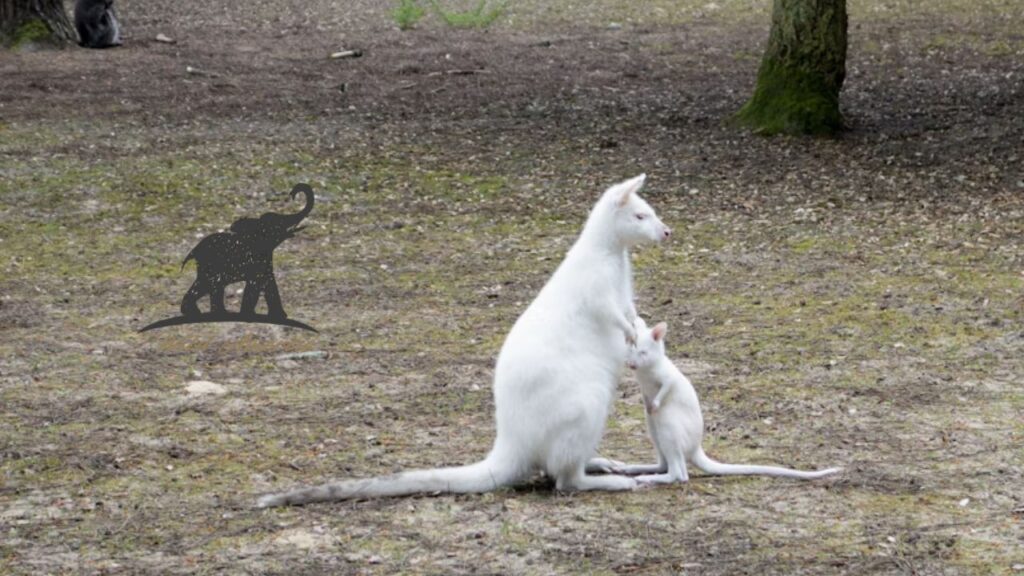
Genetic Research Implications
Studying albino kangaroos provides valuable insights into:
- Melanin production mechanisms
- Evolutionary adaptation strategies
- Genetic diversity within marsupial populations
- Conservation breeding techniques
Myths and Cultural Significance
Aboriginal Dreamtime Stories
Indigenous Australian cultures have long recognized albino kangaroos as sacred creatures. Many Dreamtime stories feature white kangaroos as spiritual messengers or symbols of transformation.
These cultural beliefs often provided protection for albino kangaroos, with some tribes considering it taboo to hunt these special animals.
Modern Misconceptions
Several myths surround albino kangaroos:
- Myth: They bring bad luck
- Reality: No scientific evidence supports superstitious beliefs
- Myth: They’re a different species
- Reality: They’re genetically identical except for pigmentation
- Myth: They can’t reproduce
- Reality: Fertile albino kangaroos can produce offspring
Conservation Efforts and Protection Status
Current Population Estimates
Researchers estimate fewer than 1,000 albino kangaroos exist across Australia. This incredibly small population makes them more rare than many endangered species.
Climate change and habitat destruction further threaten these vulnerable animals. Urban development destroys crucial grazing areas while bushfires eliminate shelter options.
Wildlife Sanctuary Programs
Multiple organizations work tirelessly to protect albino kangaroos:
- Wildlife rescue operations save injured individuals
- Breeding programs maintain genetic diversity
- Research initiatives study their unique biology
- Education campaigns raise public awareness
Tourism Impact
Responsible wildlife tourism helps fund conservation efforts. Many visitors specifically travel to see albino kangaroos, generating revenue for protection programs.
However, unregulated tourism can stress these sensitive animals. Proper management balances economic benefits with animal welfare concerns.
Caring for Albino Kangaroos
Specialized Veterinary Care
Albino kangaroos require specialized medical attention throughout their lives. Common health issues include:
- Severe sunburn and skin damage
- Eye problems from light sensitivity
- Increased susceptibility to skin cancers
- Vitamin D deficiency from sun avoidance
Nutritional Requirements
Despite their unique appearance, albino kangaroos have identical dietary needs to regular kangaroos. They require:
- High-fiber grasses and herbs
- Fresh water access
- Occasional fruit supplements
- Mineral-rich vegetation
The Future of Albino Kangaroos
Climate Change Challenges
Rising temperatures pose additional threats to albino kangaroos. Increased UV radiation worsens their sun sensitivity while extreme weather events destroy habitat.Conservation efforts must adapt to address these emerging challenges. Protected indoor facilities may become essential for long-term survival.
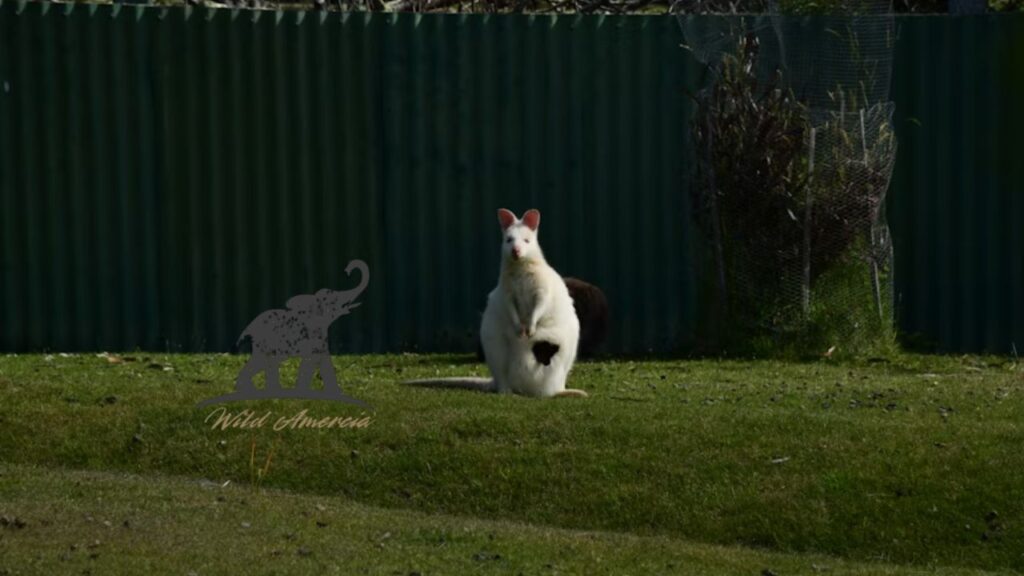
Technological Solutions
Modern technology offers hope for albino kangaroo conservation:
- UV-protective shelters provide safe outdoor spaces
- Genetic screening identifies carrier animals
- Satellite tracking monitors wild populations
- Advanced veterinary care extends lifespans
Frequently Asked Questions
How long do albino kangaroos live?
Albino kangaroos typically live 8-12 years in the wild, though most don’t survive to adulthood. In captivity with proper care, they can reach 15-20 years. Their shortened lifespan results from sun sensitivity and predation vulnerability.
Can albino kangaroos have normal-colored babies?
Yes! An albino kangaroo can produce normally pigmented offspring if they mate with a partner who doesn’t carry the albino gene. However, all their children will be carriers of the recessive albino gene.
Are albino kangaroos blind?
No, albino kangaroos aren’t blind, but they do have vision problems. Their light-colored eyes are extremely sensitive to bright light, and they may have reduced visual acuity compared to normal kangaroos.
How much does an albino kangaroo cost?
Albino kangaroos aren’t for sale as they’re protected wildlife. However, wildlife sanctuaries spend approximately $5,000-$10,000 annually caring for each albino kangaroo due to their specialized needs.
Where can I see an albino kangaroo?
Several reputable wildlife parks and zoos house albino kangaroos, including Australia Zoo, Taronga Zoo, and various wildlife sanctuaries across Australia. Always visit accredited facilities that prioritize animal welfare.
Admin Recommendation
Cottonmouth Snakes in North Carolina (NC): Key Facts
The Fascinating World of Arctic Fox Fur
Experience the Majesty of Elk and Bison Prairie, KY
Cottonmouth Snakes in North Carolina (NC): Key Facts
Bald Eagle Spiritual Meaning: A Guide to Symbolism and Significance
The Appealing Charm of Ragdoll Kittens
Where to Find Arctic Fox Fur in AC Valhalla
The Barbados Threadsnake: Unveiling the World’s Smallest Snake
American Eskimo Dog: A Comprehensive Guide to This Charming Breed
Discovering Acadia National Park Wildlife
Spotted Salamanders: Nature’s Hidden Gems
Baby American Crocodile: Fascinating Facts About The Next Generation
The Fascinating World of the Albino Wild Turkey
American Bulldog puppies: Full of life, loveable and loyal
Baffin Polar Bear: A Journey into the Arctic’s White Majesty
NC Copperhead Snake: A Comprehensive Guide
Mojave Desert Rattlesnake—A Deadly Beauty of the Southwest
Mourning Dove Lifespan, Care, and Diet Guide
Arroyo Toad: A Guide to This Endangered Amphibian
Northern Leopard Frog: A Fascinating Amphibian
House Sparrow Fledglings:All You Need to Know
The Fascinating World of the Cave Salamander
Eastern Bluebird Spiritual Meaning: A Symbol of Hope and Happiness
When Goldfinches Transform: The Complete Guide to Goldfinch Molting
Hummingbirds Nest: Nature’s Tiny Masterpiece
The Complete Guide to Blue Jay Bird Eggs: Nature’s Stunning Sky-Blue Treasures
Discover the Amazing World of Northern Cardinal Eggs: A Complete Guide



